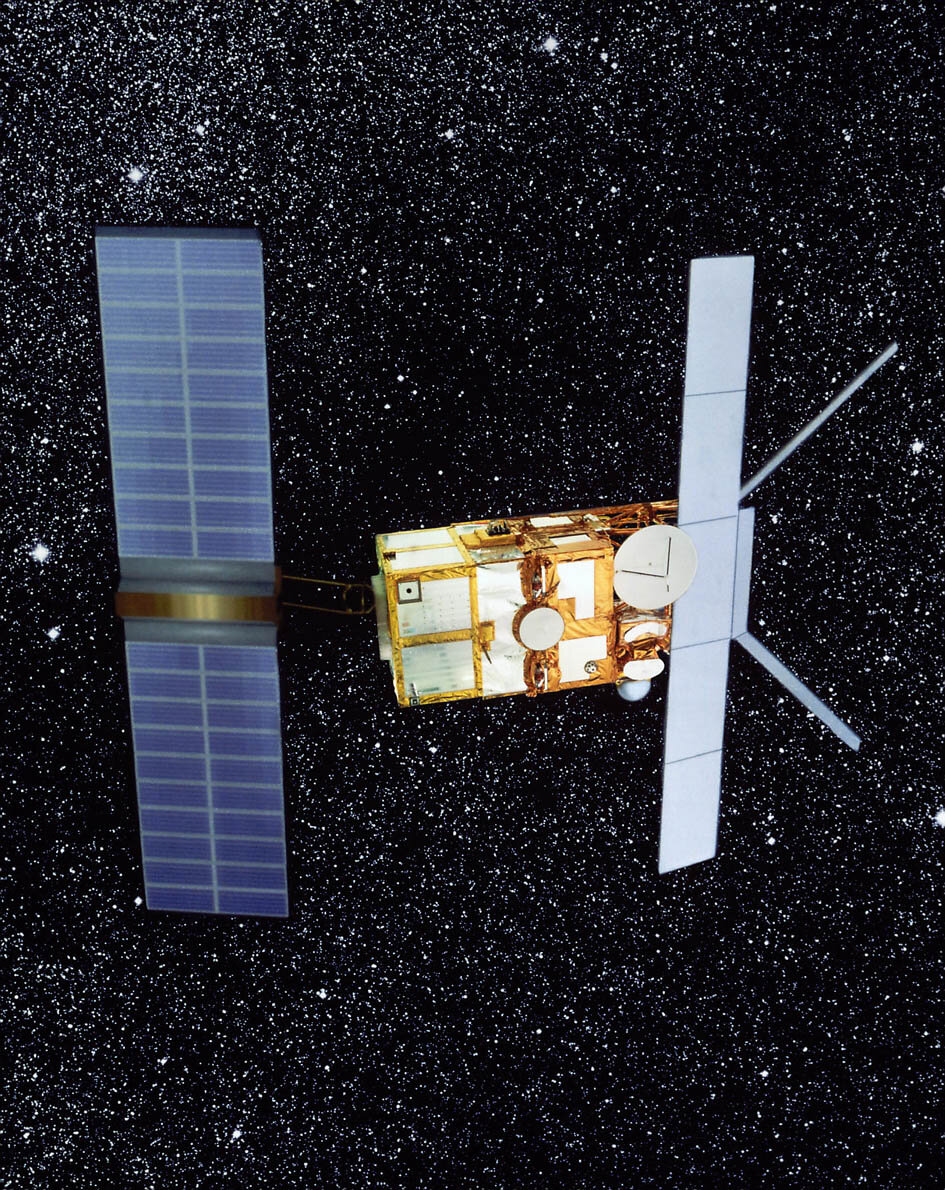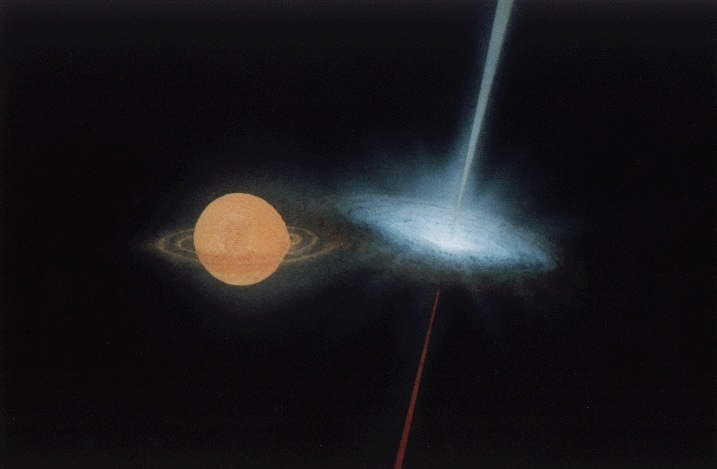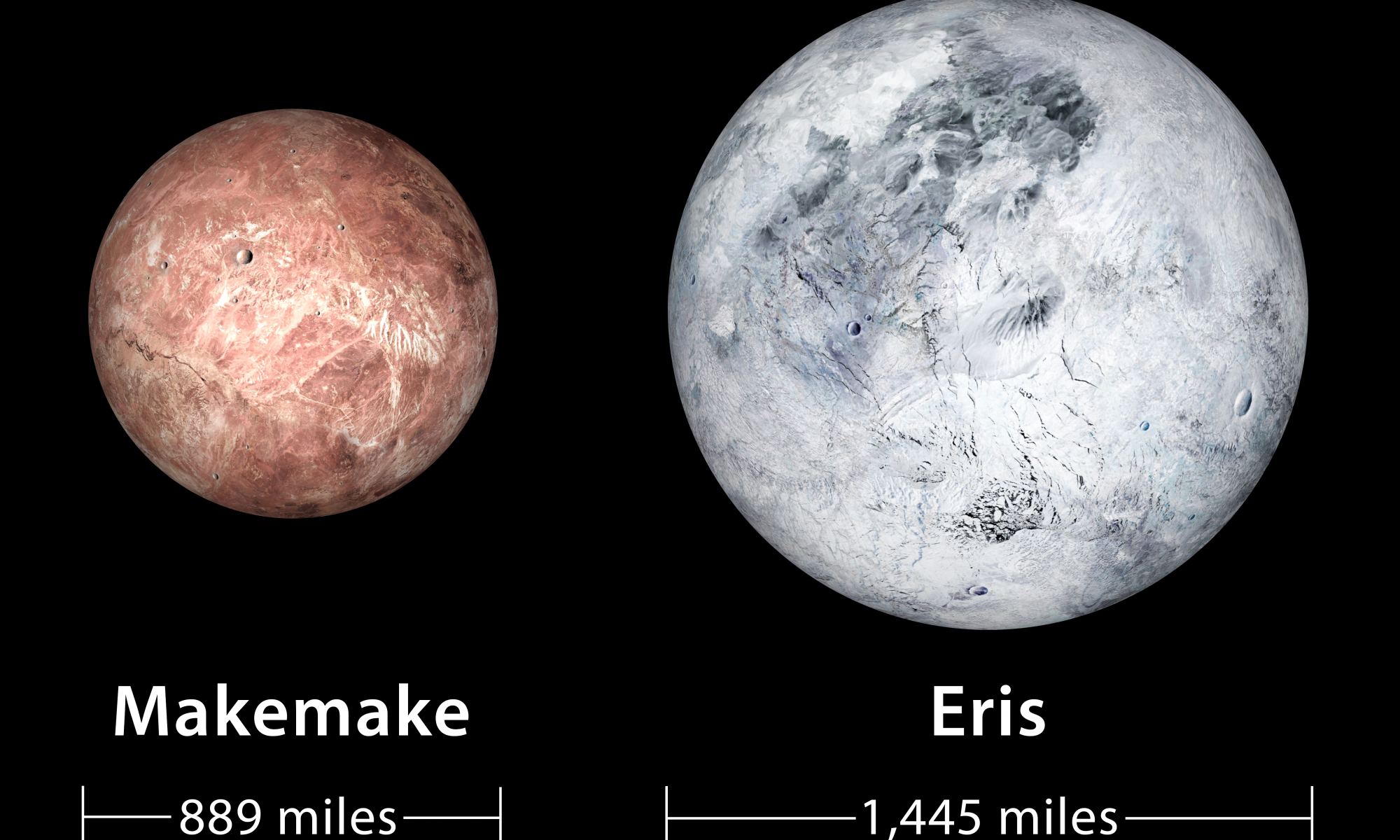One of the central predictions of general relativity is that in the end, gravity wins. Stars will fuse hydrogen into new elements to fight gravity and can oppose it for a time. Electrons and neutrons exert pressure to counter gravity, but their stability against that constant pull limits the amount of mass a white dwarf or neutron star can have. All of this can be countered by gathering more mass together. Beyond about 3 solar masses, give or take, gravity will overpower all other forces and collapse the mass into a black hole.
Continue reading “Gravastars are an Alternative Theory to Black Holes. Here's What They'd Look Like”Gravastars are an Alternative Theory to Black Holes. Here's What They'd Look Like










